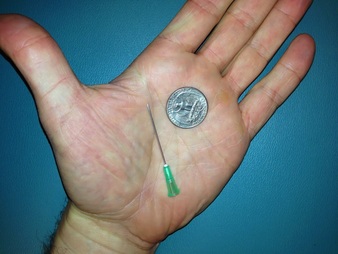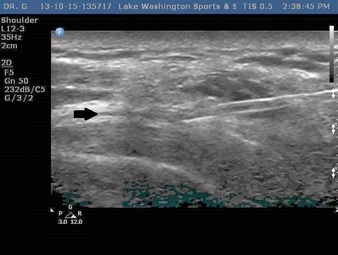I like it.
Chi Running is one of many approaches that teach runners to run
softer and absorb more forces in their proximal muscles. The idea is that
by having a strong core, particularly in the buttocks, less forces will be
absorbed in structures that are not designed to handle high loads, including
the knees and back.
This is similar in many ways to barefoot running. Not
everyone can handle barefoot running, but for those that do like running
barefoot, the reason it works is that it teaches you to run more softly.
When you run with a heavily cushioned shoe, you can hit the ground with a
very forceful heel strike. This is not possible when you run barefoot- it
simply would hurt too much to slam your heel into the ground.
This is, in my opinion, the reason why all the new barefoot
simulator shoes on the market (including MBTs and Skecher Shape-Ups) can be
helpful- because they have a rocker bottom sole, if you try to have a forceful
heel strike, you roll forward, which dissipates the force.
Back when I was a Sports & Spine fellow in Chicago, my
colleague (the late, great Jim McLean) and I noticed that we could explain
essentially every musculoskeletal condition through 3 very simple rules, which
I now refer to as "3 Laws of the Kinetic Chain":
1. Forces have to go somewhere
2. Range of motion has to come from somewhere
3. If the body cannot absorb forces or obtain range in a way that
is anatomically appropriate, it will do so in way that is pathological
A great example is running with bad form. Every time your
foot hits the ground when you are running, the ground pushes back against your
body in what is called a ground
reaction force. This ground reaction force can be several times
your body weight, and it doesn't just disappear into the ether- those forces
have to go somewhere.
So where do you want those forces to go? Ideally, you want
those forces to go into the biggest, baddest muscle you got- that is the
gluteus maximus (your butt). Other good choices are the quadriceps (the
front of the thigh) and gastrocnemius (the diamond shaped calf muscle).
The more you can train your body to absorb forces into these structures
while you run, the less force will be transmitted into your spine, hips, or
knees.
Barefoot running is a method where your body will naturally train
itself to use these muscles, because if you try to run by slamming your heels
into the ground, it hurts too much. This works ok if you can adjust your
stride appropriately, but many people find this too painful to tolerate.
Some commercial products, most notably the Vibram 5-Finger shoes,
have been developed that help protect the feet while you are barefoot running.
Chi Running is an approach that helps teach you to engage your
core while running, which is the same general concept. As a general
approach, I think it is fine. If I was seeing a patient in my Sports
& Spine clinic, I would try and see if I can be more specific as to
exactly which muscles the patient should engage, but as a first iteration, Chi
Running is a very reasonable approach.




